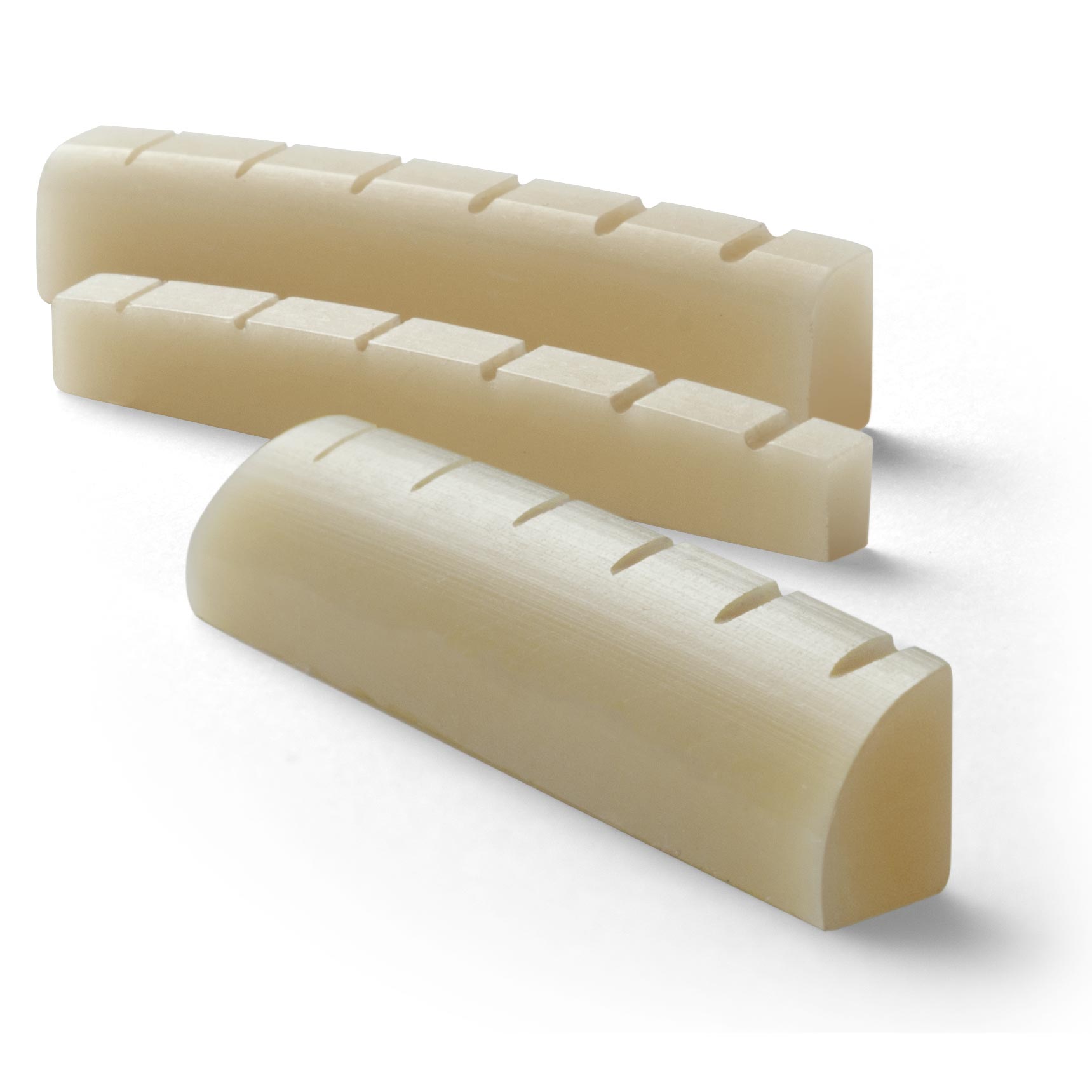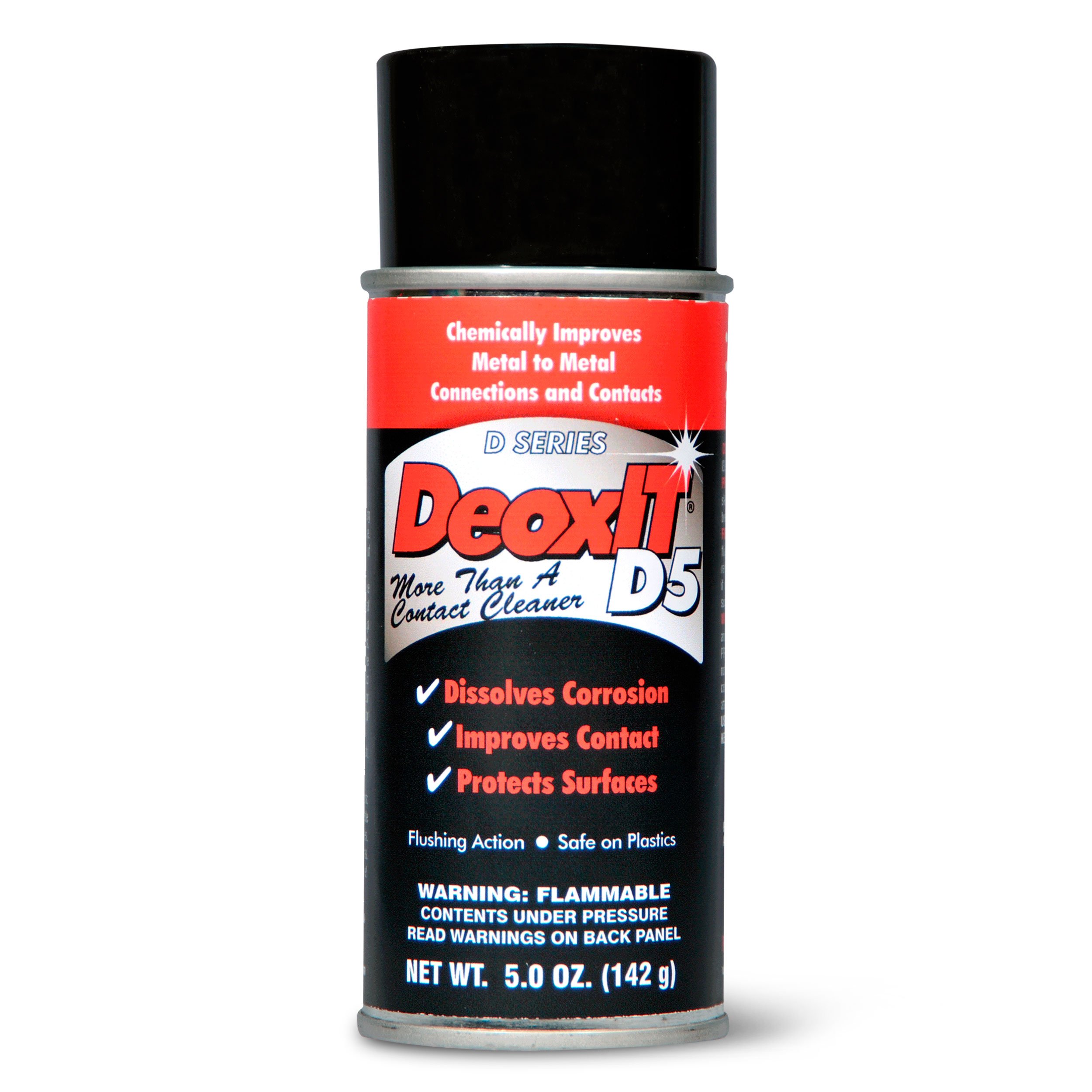Getting Rich Robinson’s guitar ready to tour
Issue 315 October 03, 2018
Rich Robinson’s on tour with The Magpie Salute. A founding member of the Black Crowes, Rich asked StewMac’s Erick Coleman to get his Gibson in top playing shape. Erick’s broken the process into eight steps...
- Erick’s 8-steps to making a guitar road-ready
- After loosening the strings, how to keep them from falling off a Bigsby
- Replacing an old sway-back Tune-O-Matic bridge
Video Transcription
[on-screen text reads: StewMac tools + ideas for guitarmaking. Rich Robinson's Guitar Gets Ready To Tour]
[The Magpie Salute "Mary The Gypsy" is playing]
Erick Coleman: Something I get asked frequently is what do I do to a guitar to prepare it for a recording session or a tour? In my last trade secrets, I reconverted Rich Robinson's vintage ES 335 from Grover's that had been on the guitar for years back to the original configuration of a double ring Kluson style tuner. Now I need to prepare this guitar for an upcoming tour that The Magpie Salute is going on. I'm going to show you eight different steps to get an instrument ready for a recording day or a tour. I'm going to get started right now.
Step 1: General Evaluation
Okay. Step number one is a general evaluation. Plug in and play the guitar. Check all of the pots, switches and jacks to make sure the electronics are working fine. Sounds wonderful. Look for worn and sprouted frets. It's been refretted. If you look closely, the frets end overlaps the binding, so it looks like whoever did it did a good job. They're all seated.
Inspect the nut to make sure it's working well. Bone nut, it's been replaced at some point in the life of the guitar. Overall, okay. But it's probably a little low for what Rich needs to use it for. Eyeball the neck to see where it's sitting. Overall, it's very straight. Also, give it a quick once over to make sure there are no structural issues that might need attention. Looks good. The normal wear you'd see on an instrument that's old and has been played a lot.
Step 2: Evaluate the neck and make a truss rod adjustment
Step two, evaluate the neck and make a truss rod adjustment. [Erick sets a Notched Straightedge on the fretboard] This thing is straight as an arrow right now. It is dead flat. Now I'm going to back off this truss rod nut. You don't ever really want to tighten an old truss rod like this right out of the gate because it might be seized up and you could possibly shear then rod off, which is something that you don't want to do.
The brush, just kind of get any of the crud that might be built up in there. You don't want to use too much, but I'm going to put just a dab of Tri-Flow couple places and that'll be plenty in order to lube that up and make it adjust freely.
Step 3: Check the frets
Step three, check the frets. With the neck adjusted straight play each note on all of the strings to make sure they ring clean and true. Plays really good and clean all the way up and down the neck. Had there been rattles or buzzes or anything like that, I would've had to do a fret level and dress on that, but those little worn spots, they don't bug me. They play nice and clean and don't affect the playability of this guitar at all.
Step 4: Inspect the nut
Step four, inspect the nut. The action on this nut is set up very low for easy fretting. I made a quick call to Rich's tech, Doug Redler, who requested a new nut set up slightly higher for better slide action. When you loosen the strings on a Bigsby, they always want to just kind of pop off the string post there, which can be really annoying. So what this little foam block does, I fashion this out of one of our sanding blocks is it fits right up underneath the string bar and keeps the ball in tight to the string bar so they don't pop off when you have the strings loose. So that's just a little tip. Since it's been replaced, I know that there's no finish holding it in or finish along the back of it. I like to use a Radius Block, the same radius as the fingerboard. This one's a 12.
That one came right out. Boy, hardly any glue on it, which is good. I'm going to get in here and I'm going to remove this excess glue that's in here. Looks like it's TiteBond, which is good. Sometimes people glue nuts in with super glue, which is kind of a pain if you need to go and get it out because there's a lot of cleanup and a lot of times you'll do damage. So, all right, that's good enough. I used our 6013-VS narrow slotted Gibson nut [on-screen text reads: Slotted Unbleached Bone Nut - stewmac.com] for this late sixties Gibson. It's the appropriate string spread for that particular period. I slotted the nut a little bit on the high side since he's going to be playing slide on it, flipping the guitar over. I used a pencil to mark out my trim lines, sanded it to the proper length. Now I'm polishing it [on-screen text reads: 3M Flexible Polishing Papers - stewmac.com] and that puts a nice shine on it.
Now, if it was a brand new guitar, I'd have probably went a little crazy and make it look like a piece of jewelry, but this looks at home on the guitar and looks better than what was on it. And for installation, I just use a little bit of TiteBond [on-screen text reads: TiteBond Ultimate Wood Glue - stewmac.com]. You want to be able to get that nut out of there if it needs to be replaced or something happens to it for whatever reason. So I just use a brush and I apply a very thin layer of TiteBond glue, slide that guy in and then I use string tension to hold it in place.
Step 5: Evaluate the bridge
Next step, step five, I evaluate the bridge. It's an old bridge. It's a late sixties ABR one. It's been under string tension for 50 some odd years. I can see right off the bat that it started to collapse. So the string tension is kind of causing it to sag in the middle.
It's on backwards. The adjustment screws on an ABR-1 are traditionally facing the bridge pickup. The string spacing is uneven. For instance, the space between the G and B is wider than the B and E. And it's got the old nylon saddles on it. At least one of them has a crack in it, one of them slotted twice. The best option for this is to just replace this bridge with a new ABR-1. All right, I've got the bridge off. Let's set that aside. I have a brand new ABR-1 [on-screen text reads: Original ABR-1 Tune-O-Matic Bridge - stewmac.com]. It's built to the same exact specs as a vintage bridge. What I did is I took this guy outside, threw the body of it into a bag full of sand and rocks and kind of swung it around for a while. So it looked a little more at home on this guitar.
I'm going to string it up to tension. Doesn't need to be perfectly in tune. You just want to have some good strong string tension over the saddles to help the strings stay in place while you're in there notching [Erick measures the radius with an Understring Radius Gauge]. Okay, that looks good.
Step 6: Clean the electronics
In step six, I clean the electronics. Even if the pots, jacks, and switches are performing flawlessly, it's a good idea to give them a shot of contact cleaner [Erick installs a Pot Cleaning Cap and sprays Deoxit Pot and Switch Cleaner into it] as a preventative measure.
Loosen that up a little. All right, and then to do the jack, I'll just drench it with contact cleaner on both sides. And then this jack tool that we have [on-screen text reads: Jack Installation Tool - stewmac.com], turn it around a little bit, plug it in, gets it all cleaned out there. And then with the switch, it's kind of tricky. I can see from here the switch is super dirty, but I have a good clean shot at the contact. So just a couple little blasts. I don't want to hose it down. I'll work the switch back and forth.
Step 7: Polish the frets and condition the fingerboard
We should be good to go here. Moving on to step seven. I'm going to polish up the frets and condition the fingerboard. I'm going to do the conditioning with some Gorgomyte [on-screen text reads: Gorgomyte Conditioning Cloth - stewmac.com], kind of a canvassy material saturated in coconut oil. I'm going to start going down the fingerboard. Go over the frets and you can see it takes off a lot of crud right off the bat. Smells good too. Smells like the beach.
Then I follow up with this polishing cloth. I'm just going to go the length of the neck and wipe off any of the excess Gorgomyte. If you notice in the process, it puts a nice shine on the frets, ready to string it back up. It's a good rule to have your client include two sets of the guitar strings that they prefer. That way you can use one set for all the work, and then right before intonating the guitar and doing the final setup, you can put on that fresh set.
Step 8: Final setup
Step eight, final setup. First thing I'm going to do is set up the bridge to the action that I'd like to see. It's a little higher since Rich is going to be playing slide on it. And now it's time to intonate with the guitar in the playing position. Lightly pluck the high E string and tune it to pitch with the strobe tuner. And then very gently fretted at the 12th fret.
If the string is flat, you got to move it forward towards the pickup. If it's sharp, you need to move it back towards the tailpiece. It's intonated. The final stage of step eight is to adjust the pickup height to where the volume is even between the two pickups. When you're switching back and forth with the toggle here, play the guitar and listen to the balance between the neck and bridge pickup. I don't know if you notice, but the neck pickup is a little bit hotter.
If one pickup is louder than the other, lower it until that volume between the two is equal. That sounds pretty good to me. Ready to pack this one up and send it back to Rich. His new band, The Magpie Salute. Had their record come out on August 10th. You guys should go out and buy that one. It's really good.
[The Magpie Salute song "Send Me An Omen" is playing]






